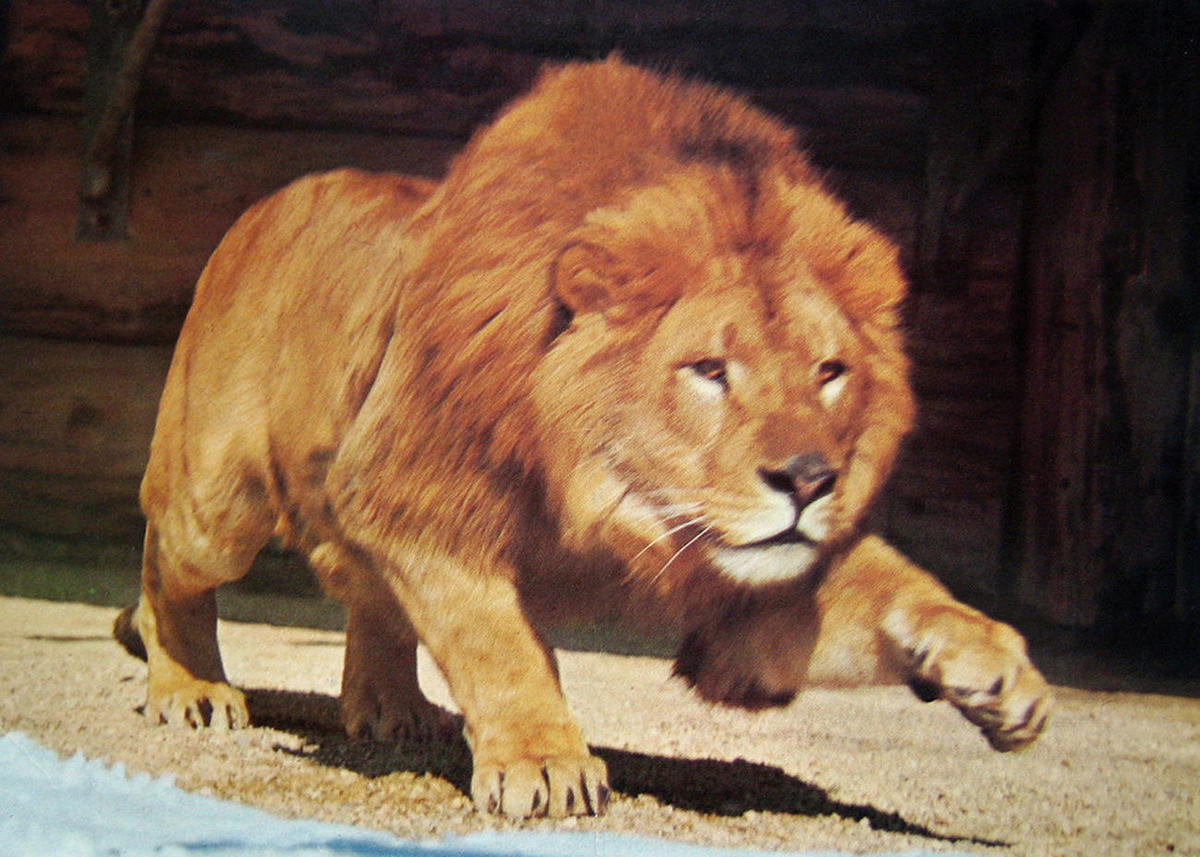
In the suburbs of West Kabul, where the worst of the civil war once raged, lies a curious gem. Nestled among buildings still riven with bullet holes is an incongruously smart red-brick entrance bearing the words bagh-e vahshi, literally “wild garden.” Compared with many other sites in this city, such as, say, the bombed-out Darulaman Palace or the looted Museum of Kabul, Kabul Zoo is something of a miracle. For a small entrance-fee, families gather here weekly to appreciate the best of their local fauna, much of it hunted to extinction in the wild.
It’s not your average zoo experience. In addition to the unique collection — 116 Afghan and international animals — there’s an air-gun shooting gallery and a drizzle of sheep and goats wandering in from the street. It also isn’t always the most heartening sight: the vultures, with their enormous wingspans, look cramped; the brown bear is bored to distraction; and the wolves that howl from their tiny cage are nothing if not forlorn. The macaques, at least, are doing well. On a huge concrete climbing frame surrounded by a moat, they are, literally, laughing.
Set up in 1967 with the help of German zoologists, Kabul Zoo once boasted 200 animals, including a snow leopard, a near-extinct goitered gazelle, and a Caspian tiger. Largely unscathed in the 80s, the zoo hit problems during the civil war. Fighting in West Kabul destroyed many of its buildings, flattened nearly the entire district of Demazang, and dusted the site with unexploded ordnance. With no electricity or water and a bombed-out medical supply unit, it was a miracle that Aga Akbar, then director, managed to keep the place open at all.
The Taliban, who took the city in 1996, couldn’t see the point of the zoo. They stoned the animals and decided to kill them all. Then someone suggested that the Prophet loved animals and kept pets himself. So they allowed the zoo to continue, and it became popular with soldiers on leave from the front, who came to throw snowballs through the bars.
In all of Kabul Zoo’s collection, nothing has aroused such international fervor as Marjan the lion, who tugged at heartstrings and was a poignant symbol of the country’s suffering. Born in 1974 in Cologne, Germany, Marjan was donated as a two year old to the Afghans. Then one day in 1993, the twelve-year-old lion was basking inside with his mate, Chucha, when a soldier entered his cage on a dare. The protective Marjan pounced, and the man died within minutes. His brother, in revenge, threw in a grenade. Thinking it was food, the lion went to have a look, and it blew up in his face. Amazingly the beast survived, losing only an eye, some teeth, and his hearing. In old age, he looked battle-scarred, having survived two revolutions, jihad, civil war, twenty-eight freezing winters, and stoning by the Taliban. He died peacefully in 2002, just months before coalition forces made their way in. Other animals were not so lucky. One brown bear, Donatella, was discovered with a gunshot wound to her leg and a slashed nose (Taliban again). She died later from a related infection.
Oddly enough, the zoo persists as a popular distraction in a city with few entertainments. An average of 5000 visitors make their way to its grounds with each passing weekend, many of them munching on peanuts, staring agog at the lone Norwegian pig. With opium harvests at an all-time high, coalition forces sputtering, and the Taliban angling for a comeback, the zoo somehow remains an island of tranquility, albeit bizarre, in a land that is no stranger to turbulence.